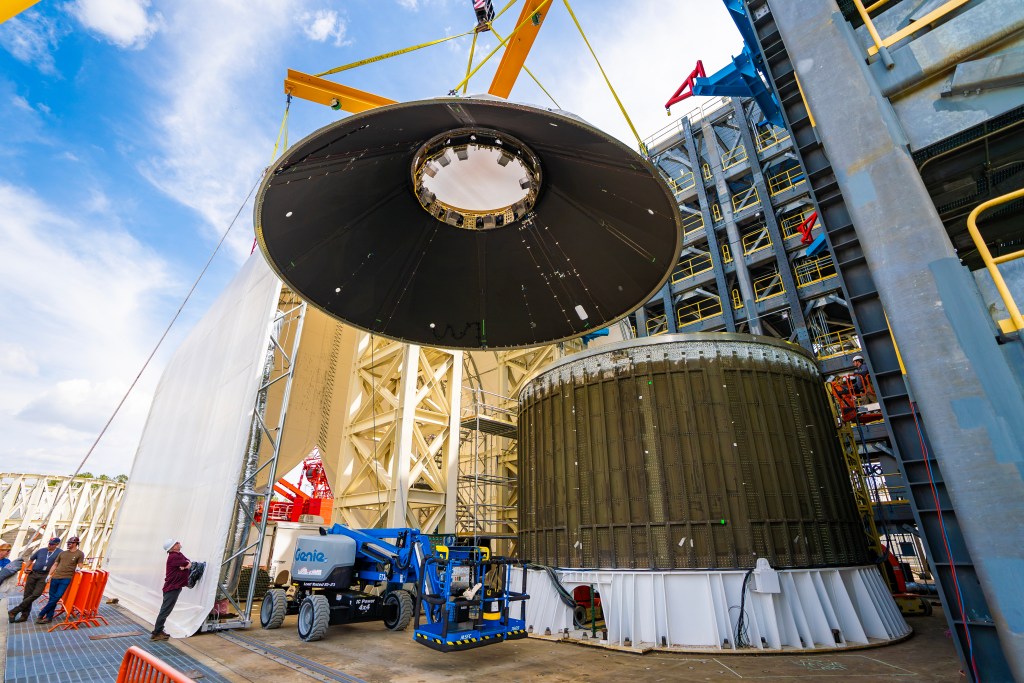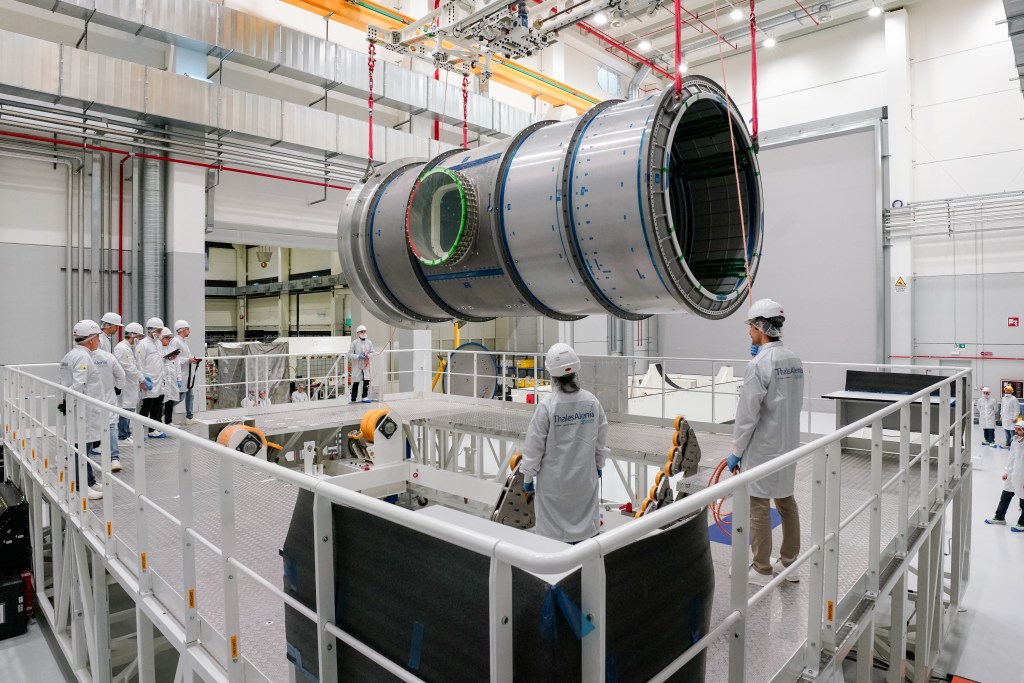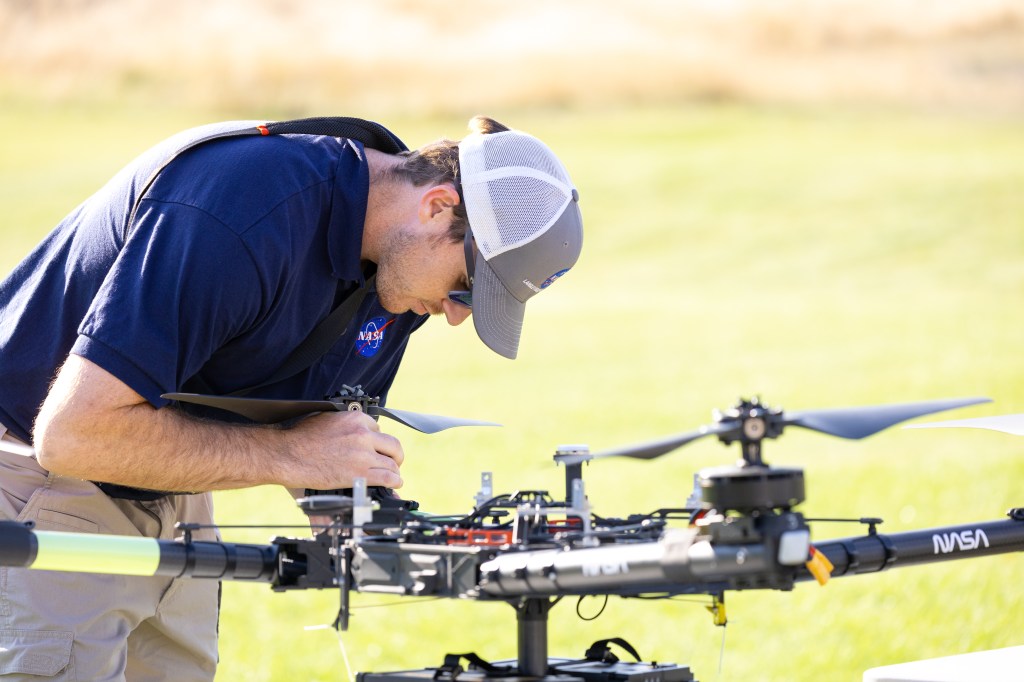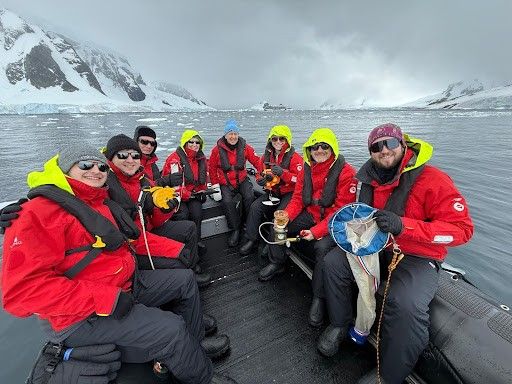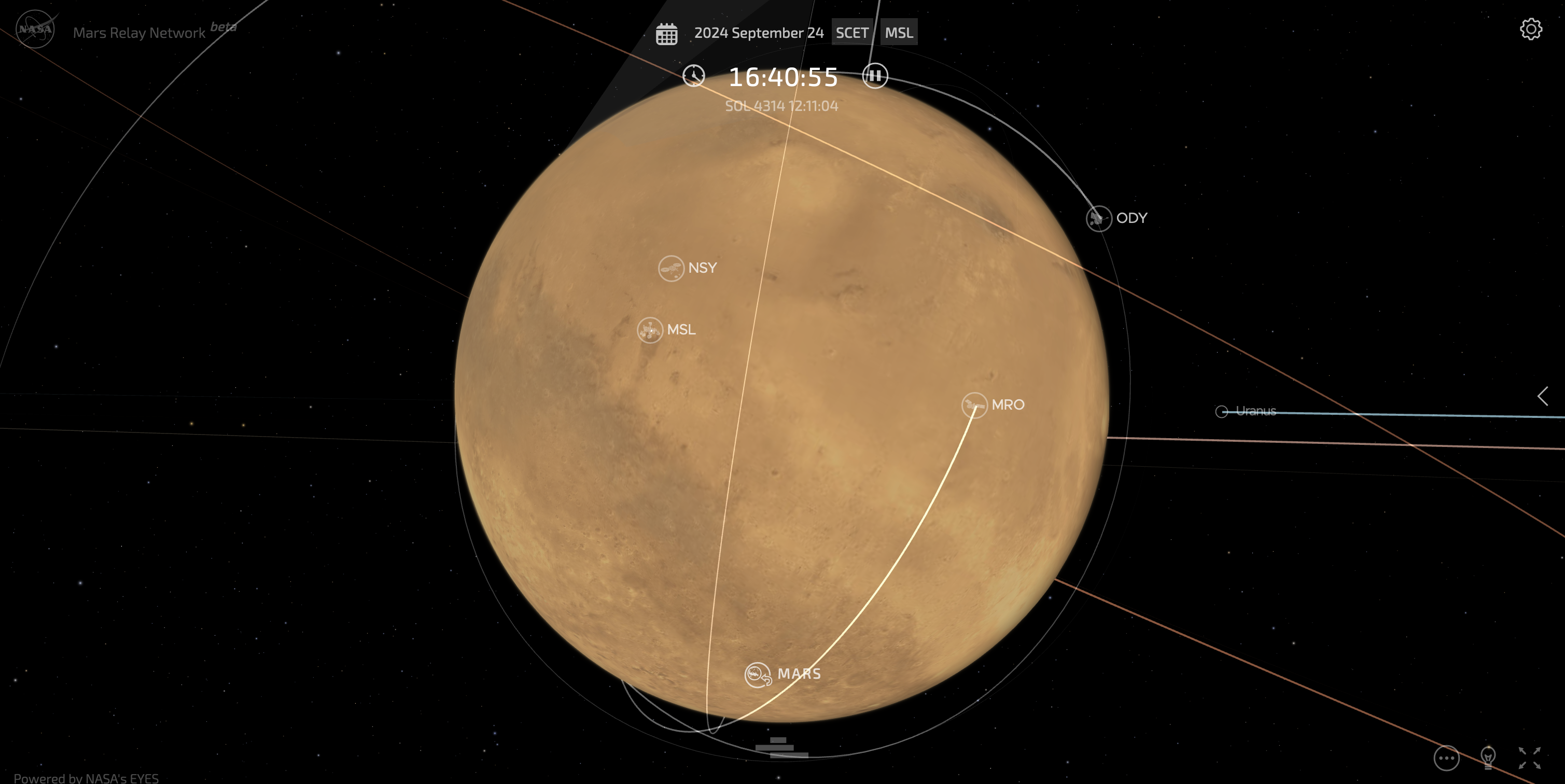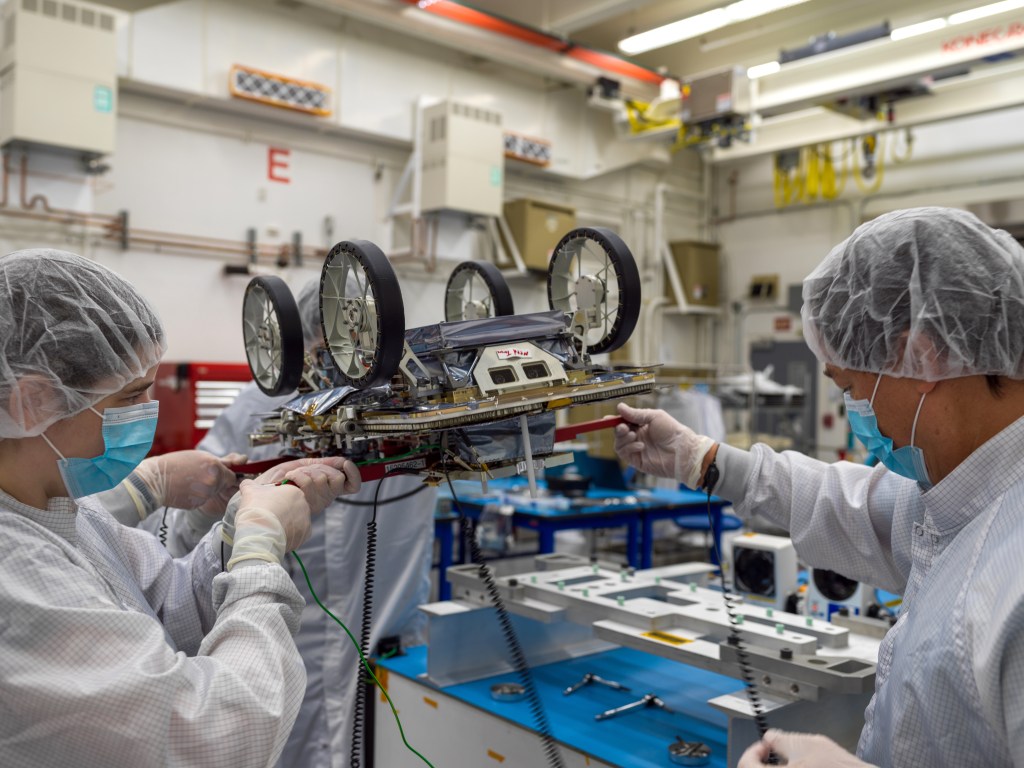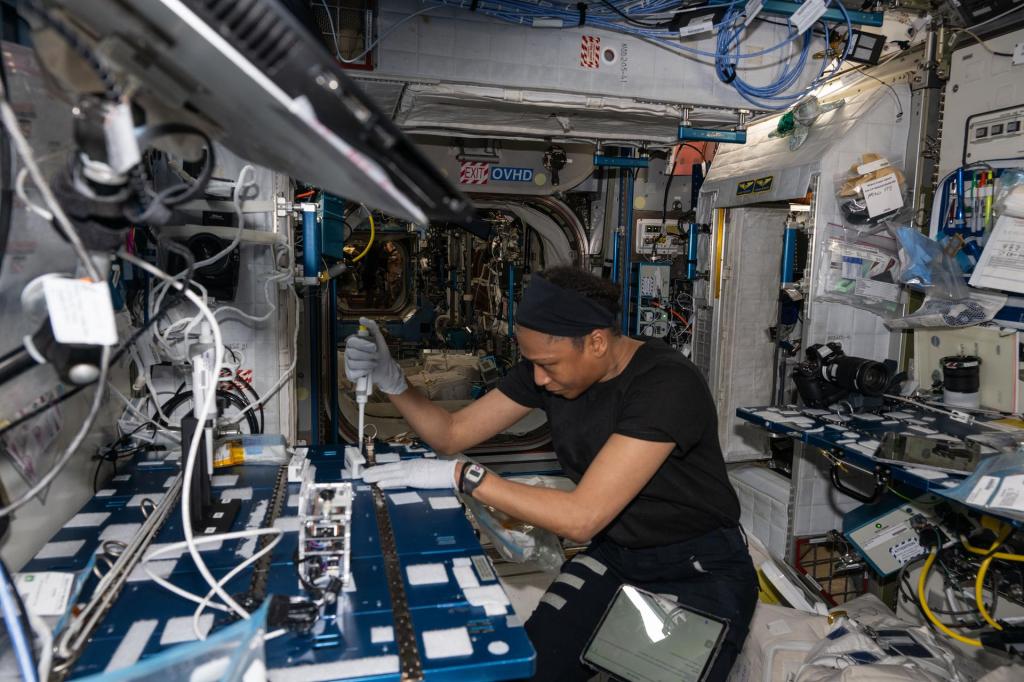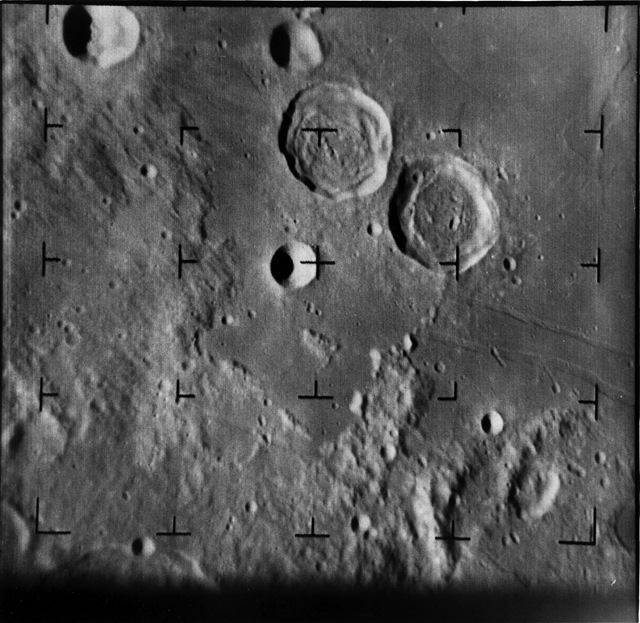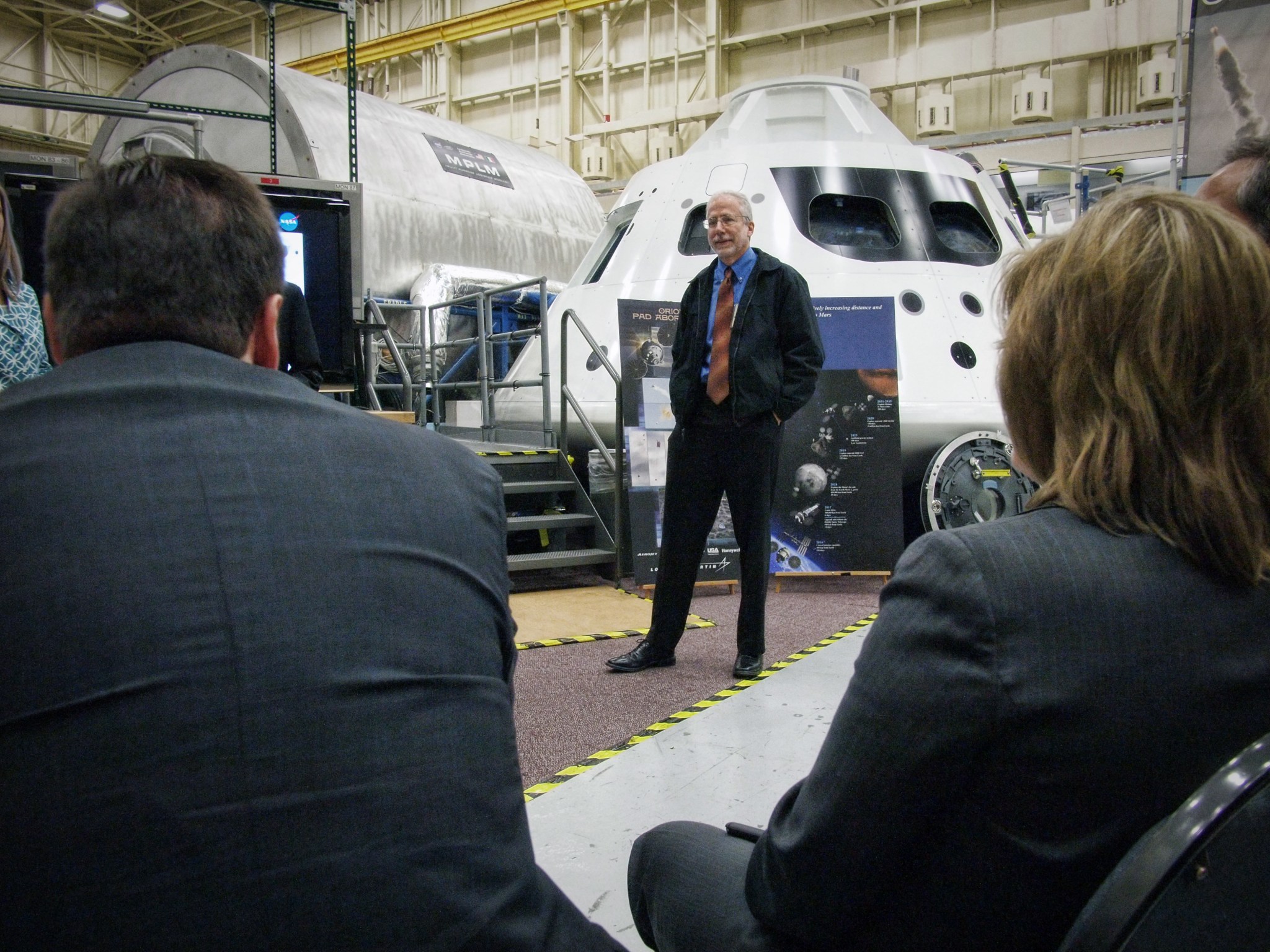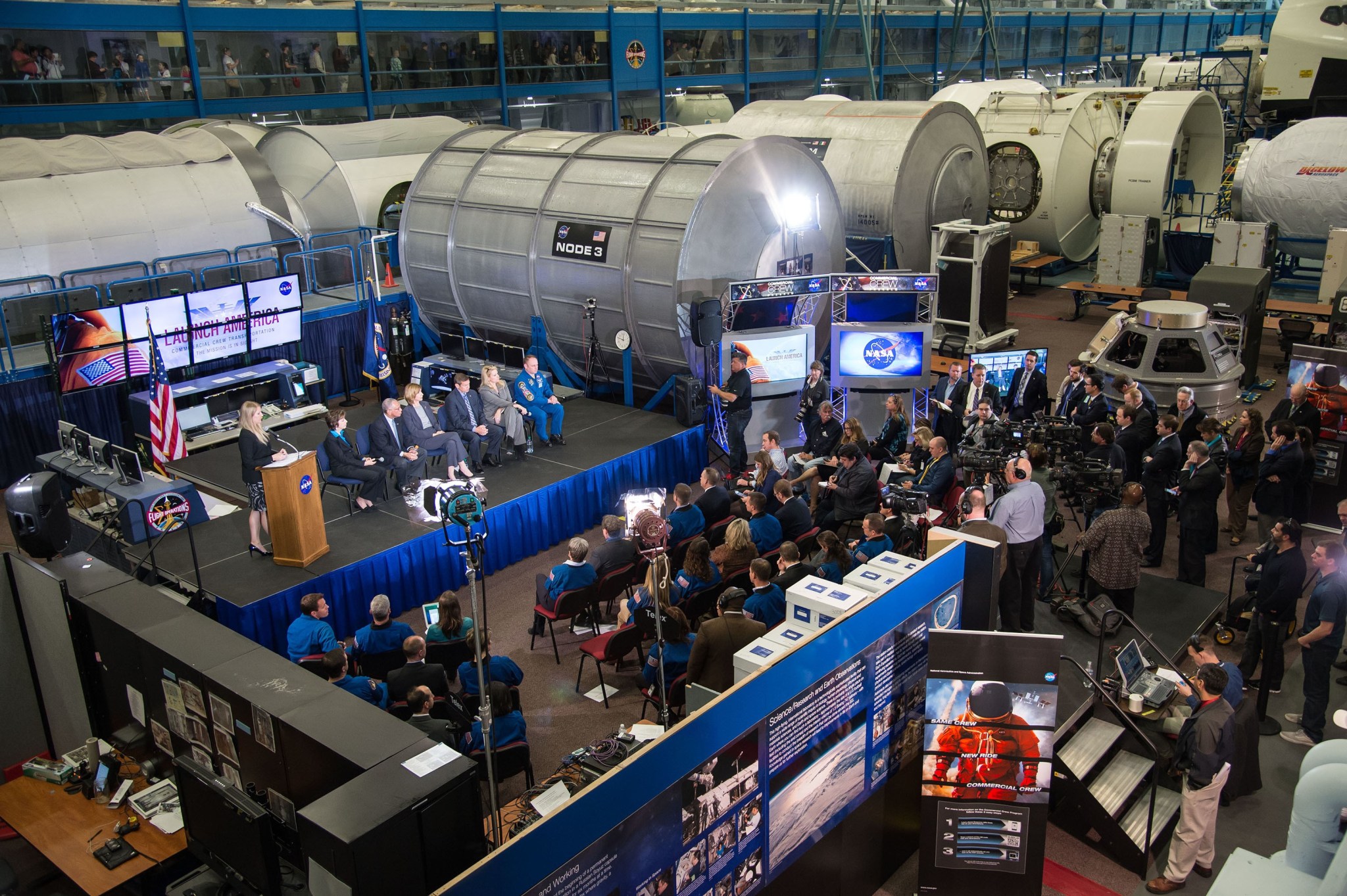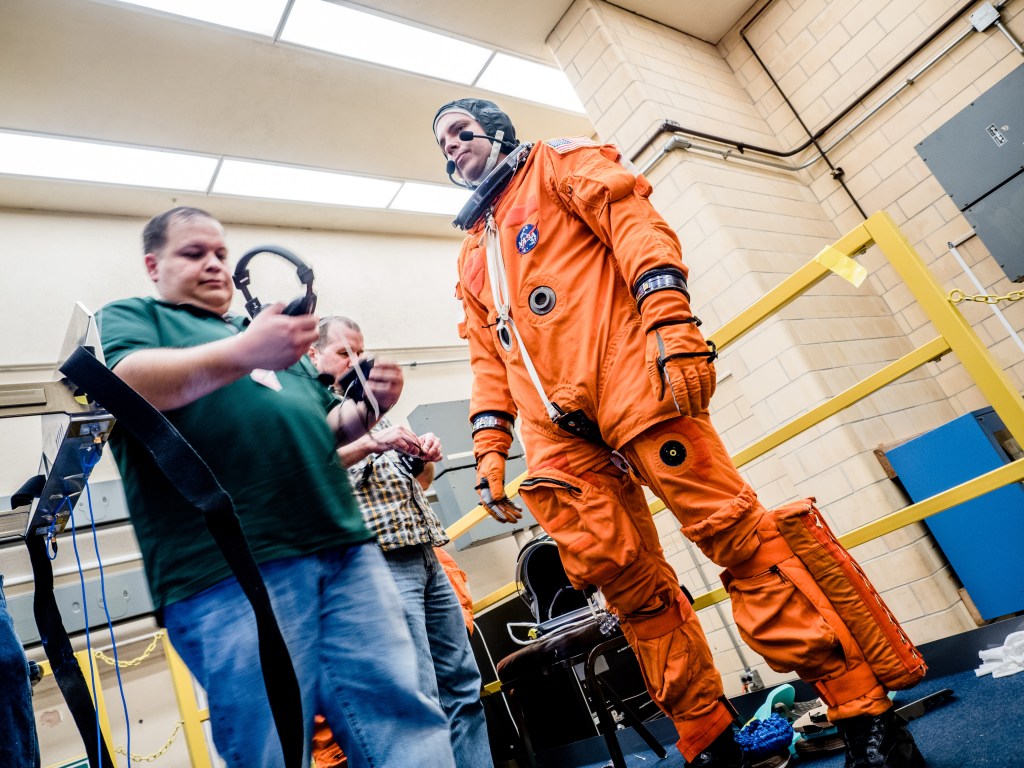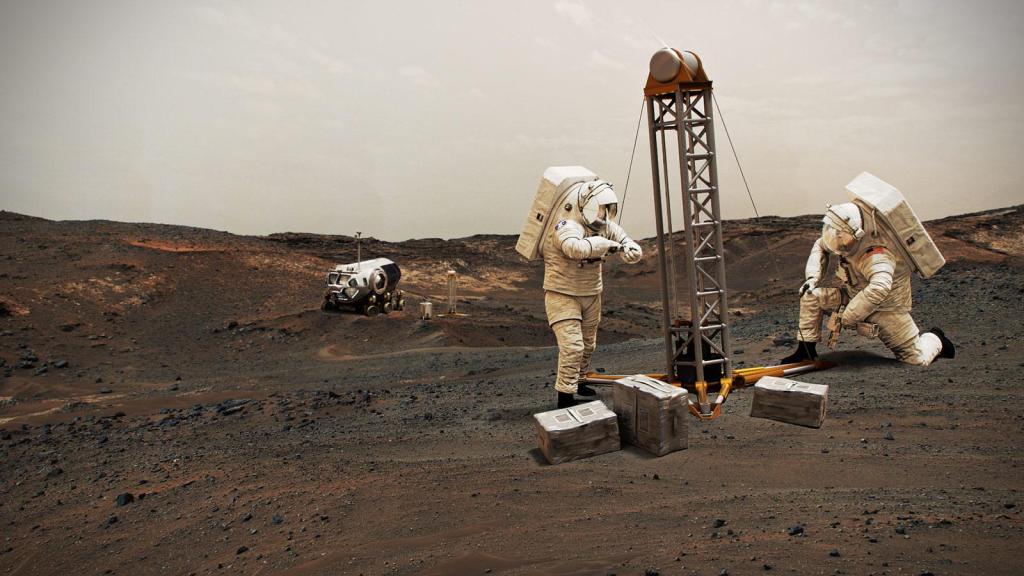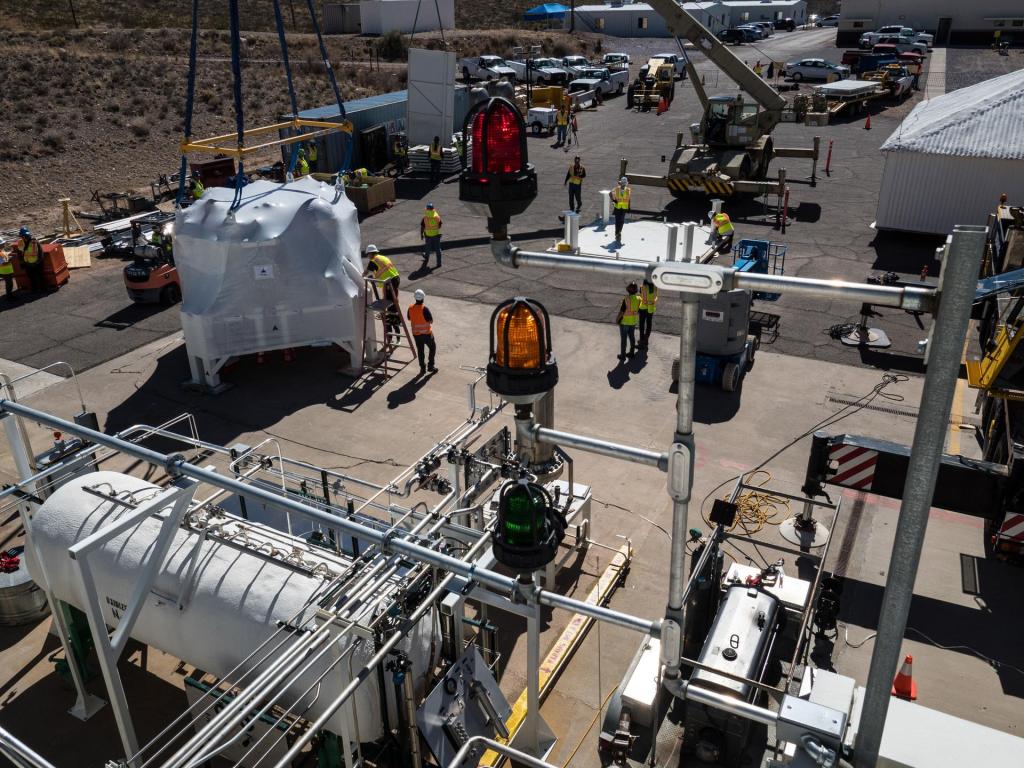Program Management & Execution

Introduction
Program management, integration, and execution play pivotal roles in the success of human spaceflight missions. The intricate nature of these missions, involving numerous elements, complex technologies, and diverse teams, demands a structured approach to ensure seamless coordination and collaboration. With decades of experience in complex human spaceflight program management, Johnson Space Center (JSC) leads the way in executing human spaceflight exploration. JSC experts establish clear milestones, integrate with partners, allocate resources efficiently, and manage risks effectively. JSC program leadership teams have enabled the successful execution of our Nation’s human spaceflight programs, including the Apollo Program, the Space Shuttle Program, and the International Space Station Program. Now we are embarking on a new era of exploration further into the solar system with the Human Landing System Program, Gateway Program and Extravehicular Activity and Human Surface Mobility Program. JSC is at the forefront of advancing human spaceflight commercialization through initiatives such as the Commercial Lunar Payload Services Program and the Commercial Low Earth Orbit Destinations Program, facilitating collaboration with commercial partners to drive innovation, exploration, and sustainable development beyond Earth’s atmosphere. We look forward to pushing the boundaries of human exploration with our partners.
Program Lifecycle Management
Human Exploration Program Formulation
Overview | Within the Exploration Architecture, Integration and Science (EAIS) Directorate at JSC, the Exploration Development Integration (EDI) Division, provides expertise to human space flight programs for systems and program integration activities supporting program formulation, design, development, and operational life cycle activities.
Details | The Exploration Development Integration Division (EDI) delivers systems engineering and cross-program integration support to Moon to Mars and its Programs. EDI provided Program formulation support to Gateway and the Extravehicular Activity and Human Surface Mobility Program (EHP) in their infancy and supports the Exploration System Mission Directorate (ESDMD) Strategy and Architecture Office as new elements are introduced into the architecture.
End-to-End Mission Planning
Overview | Individual mission planning covers all mission preparation activities required for safe and successful mission operations. NASA JSC Flight Operations Directorate (FOD) leads and executes all phases of NASA human spaceflight operations team.
Details |
- Understands strategic objectives, integrates the mission requirements among domestic and international partners and defines the mission concept
- Participates in required integration planning at both the individual mission level and across missions and programs
- Prepares, covers nominal, contingency, and emergency operations planning
- Performs trajectory design tasks such as ascent design (launch windows, profiles, aborts, etc.), rendezvous design (burn plans), and any unique analysis assessments
- Develops operations products such as flight rules, flight techniques, launch commit criteria, ground rules & constraints, mission timelines, crew and ground procedures, and flight system performance predictions
- Defines an integration plan: software integration, operations safety integration, operations reviews, and certification of flight readiness (CoFR)
Human Exploration Program Requirements Development, Verification and Validation
Overview | Within the Exploration Architecture, Integration and Science (EAIS) Directorate at JSC, the Exploration Development Integration Division (EDI) integrates processes and products across human exploration program and project life cycles. Systems Engineering expertise in requirements development, verification and validation is available.
Details | Within the Exploration Architecture, Integration and Science (EAIS) Directorate at JSC, the Exploration Development Integration Division (EDI) integrates processes and products across human exploration program and project lifecycles.
- Concept of operations development
- Requirements development
- Model-Based System Engineering (MBSE)
- Requirements verification and validation
- Integrated system risk management
- Development and execution of certification of flight readiness processes
- Integrated avionics and software, imagery, and human rating
Human Systems Engineering and Integration
Overview | Human Systems Engineering and Integration (HSE&I) is a disciplined approach to ensure a human-centric focus through the definition, implementation, integration, and operations of a system or vehicle.
Details |
At NASA JSC, we provide a full spectrum of functions across the entire Program/Project lifecycle to ensure crew health and safety. As an aspect of HSE&I, Human Systems Integration (HSI) establishes interdisciplinary and comprehensive management and technical processes to ensure knowledge of human capabilities and limitations are accounted for across all systems and stakeholders. Processes and products that comprise the HSE&I capability include:
- Functional architecture definition
- Concept of operations development
- Requirements development and management
- Design integration
- Test planning
- Requirements verification and validation
- Flight certification
- Configuration and data management
- Risk management
Human Exploration Cross-Program Integration
Overview | Within the Exploration Architecture, Integration and Science (EAIS) Directorate at JSC, the Exploration Development Integration Division (EDI) provides expertise in integrating complex human spaceflight programs across common missions and architectures.
Details | The Exploration Development Integration Division (EDI) delivers systems engineering and cross-program integration support to Moon to Mars and its Programs. EDI supports design, development and operational life cycle activities and provides integration in support of the Artemis Missions. Examples of support includes:
- Orion cross-program integration and crew systems integration
- Gateway risk management and human rating support
- Human Landing System (HLS) cross-program integration and leadership of the Crew Compartment Program Office
- EHP digital engineering, requirements, interfaces and verification
- Moon to Mars System Engineering and Integration support
Requirements and Verification Development and Closure
Overview | Safety and Mission Assurance assists in developing, writing, tailoring, and integrating requirements and verifications, especially related to safety.
Details |
- Expertise in writing, tailoring, and integrating vehicle requirements affecting and affected by safety concerns
- Expertise in developing verification statements and agreements to match the requirements
- Expertise in evaluating safety reports and design reports to confirm requirement has been met as stated in the verification statement
Certification of Flight Readiness (CoFR) Process
Overview | The Certification of Flight Readiness (CoFR) process includes a formal process of safety risk review and communication to decision makers.
Details | NASA JSC can provide training for the process of flight readiness for vehicles: risk assessments, vehicle anomalies, flight information, and safety watch items. A key component of training is communicating risk information to decision makers.
Project Planning & Control
Human Exploration Program Project Planning and Control (PP&C)
Overview | NASA JSC provides program planning and control expertise for large, complex human spaceflight programs.
Details | Within the Exploration Architecture, Integration and Science (EAIS) Directorate at JSC, the Strategic Business Integration Office provides expertise for complex human spaceflight program planning and control functions.
Complex Program Configuration and Data Management
Overview | Human Exploration Program Development and Execution provides Complex Program Configuration and Data Management.
Details | The Exploration Development Integration (EDI) Division provides expertise and matrixed support to Moon to Mars (M2M) program planning and control (PP&C) in leading configuration and data management (CDM). EDI provides an integrated CDM approach for M2M and its six Artemis Programs to ensure consistent CDM processes are followed to maintain the technical baseline for the Artemis Missions.
Independent Cost, Schedule, and Risk Analysis for Complex Programs
Overview | Within NASA JSC Exploration Architecture, Integration and Science Directorate, the Strategic Business Integration Office provides enabling capabilities for human space exploration enterprises and programs. They are at the forefront of developing and deploying cutting edge cost, schedule, and technical risk assessment and analyses for complex programs and projects and independent program analysis for Agency stakeholders to inform procurement strategies, formulation activities, program execution, and independent assessments across the program life cycle.
Details |
- The Strategic Business Integration Office provides cost, schedule, and technical risk assessment and analyses for complex programs and projects
- Provides risk-informed joint confidence level (JCL) assessments, earned value management (EVM), and cost confidence assessments
Cost and Schedule Data Analytics and Tool Development
Overview | NASA JSC Exploration Architecture, Integration and Science (EAIS) Directorate’s Strategic Business Integration Office is at the forefront of developing and deploying cutting edge tools to support business analytics for complex human spaceflight programs.
Details | Business analytics tool development for complex human spaceflight programs






